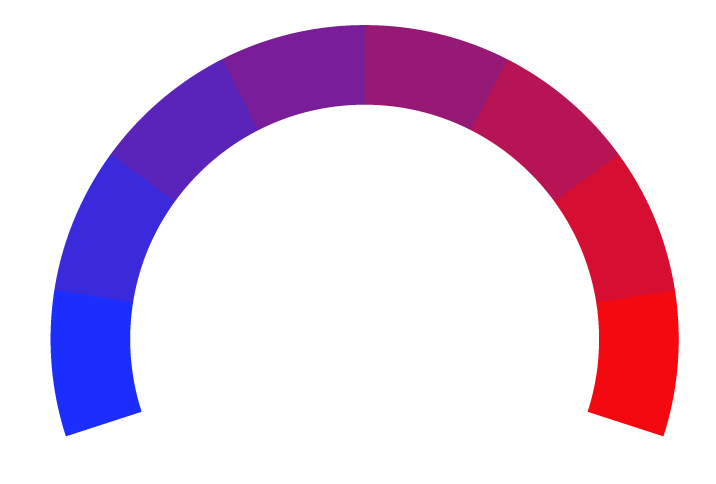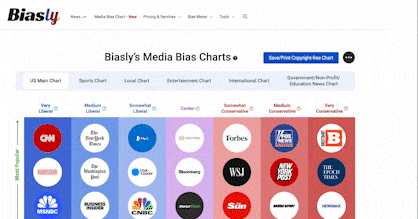Thomas Jefferson's stance on criminal justice blended elements of both conservative and liberal ideologies. He advocated for proportional punishments that fit the crimes committed, seeking to reform offenders rather than solely punish them. Jefferson opposed excessive use of capital punishment, believing it weakened the state and failed to deter crime effectively. He supported more humane alternatives like hard labor for many offenses. However, Jefferson still maintained some harsh punishments for serious crimes. His approach aimed to balance public safety with individual rights, emphasizing rehabilitation while still preserving elements of deterrence and retribution in the justice system.
Source: Academic Oup Thomas Jefferson's economic policies blended elements of both liberal and conservative ideologies. He advocated for limited government intervention and free trade, aligning with conservative principles. However, he also supported progressive taxation and was skeptical of industrial capitalism, which are more liberal positions. Jefferson favored an agrarian economy and opposed a strong central bank, reflecting a traditionalist view. His economic vision emphasized individual liberty and self-sufficiency, but also included some government involvement to promote fairness. Overall, Jefferson's economic stance was complex and not easily categorized by modern standards, reflecting the unique context of early American politics.
Source: Miller Center Thomas Jefferson's stance on education blended both conservative and liberal elements. He advocated for a decentralized system of public education controlled by local communities and parents, which aligns with more conservative views on limited government involvement. However, Jefferson also supported providing free education to all children, including those from poor families, which is a more liberal position. He believed that widespread education was essential for preserving democracy and liberty. Jefferson opposed compulsory attendance laws but favored public funding for schools. His vision emphasized individual liberty and local control while also promoting broader access to education for citizens.
Source: Democracy Education Thomas Jefferson's stance on energy policy blended conservative and liberal elements. He supported the development of domestic energy resources, including agriculture and natural resources, to promote national self-sufficiency. However, Jefferson was also wary of excessive industrialization and its environmental impacts, favoring a more balanced approach. He advocated for renewable energy sources like water power and believed in preserving the natural landscape. Overall, Jefferson's energy vision sought to balance economic progress with environmental stewardship, reflecting a nuanced perspective not easily categorized by modern political ideologies.
Source: Jefferson Hour Thomas Jefferson's stance on government dependency blended conservative and liberal elements. He believed the government should provide a minimal safety net for the truly needy, but opposed policies that promoted idleness and dependence. Jefferson favored local, community-based welfare programs over centralized federal aid, which he saw as prone to waste and abuse. While supporting a role for government in assisting the poor, he emphasized individual responsibility, self-reliance, and the importance of the family as the primary means of addressing poverty. Jefferson's overall approach sought to balance compassion with fiscal prudence and the preservation of liberty.
Source: FamGuardian Thomas Jefferson's stance on healthcare blended elements of both conservative and liberal ideologies. He supported government involvement in healthcare to some degree, as evidenced by his backing of federal marine hospitals and steps to improve them during his presidency. Jefferson also advocated for public education, including medical education, which aligns with more liberal views on healthcare accessibility. However, his emphasis on limited government and individual autonomy in healthcare decisions reflects a more conservative approach. Jefferson's vision for healthcare seemed to prioritize progress and science while maintaining a degree of personal responsibility, striking a balance between government support and individual liberty.
Source: Plato Stanford Thomas Jefferson's stance on immigration blended both conservative and liberal elements. He advocated for a generous immigration policy, believing that America had an obligation to provide asylum for those fleeing oppression. However, Jefferson also recognized the need for some restrictions to prevent the “fraudulent usurpation of our flag“ and the potential for immigrants to “warp and bias“ American institutions. Overall, Jefferson sought to balance openness with prudent safeguards, reflecting a nuanced approach that did not neatly fit modern political categories.
Source: Boundless Thomas Jefferson's stance on national security blended conservative and liberal elements. He strongly opposed standing armies in peacetime, viewing them as threats to liberty and democracy. Instead, Jefferson favored relying on state militias for defense, believing an armed citizenry was the best safeguard against tyranny. However, he supported a navy to protect American commerce and shores. Jefferson was wary of entangling foreign alliances but authorized military action against the Barbary pirates to defend U.S. interests. While emphasizing limited government in military affairs, he pragmatically expanded forces when needed, such as during tensions with Britain. Overall, Jefferson sought to balance security needs with his vision of a free republic.
Source: Fam Guardian Thomas Jefferson's stance on reducing the budget deficit aligned more closely with conservative principles. As president, he aimed to restrain federal spending and pay down the national debt. Jefferson appointed Albert Gallatin as Treasury Secretary, who implemented policies to slash federal expenditures, abolish internal taxes, and repay a significant portion of the national debt. Jefferson believed in fiscal restraint and limited government, viewing public debt as a threat to freedom and stability. However, he did support some government spending on infrastructure and education. Jefferson's approach focused on balancing fiscal responsibility with targeted investments to promote national prosperity and development.
Source: Research Repository Thomas Jefferson's stance on drug policy is difficult to determine directly, as the concept of a “war on drugs“ did not exist in his time. However, based on his broader philosophy, we can infer some perspectives. Jefferson strongly believed in individual liberty and limited government intervention in personal matters. He advocated for the right of individuals to make their own choices about what to put in their bodies, as long as they didn't harm others. This aligns more closely with a liberal approach to drug policy. However, Jefferson also supported some government regulation when he believed it served the public good. Overall, his views suggest he would likely oppose a punitive “war on drugs“ approach in favor of more personal freedom regarding drug use.
Source: Democracy Education
| 






















